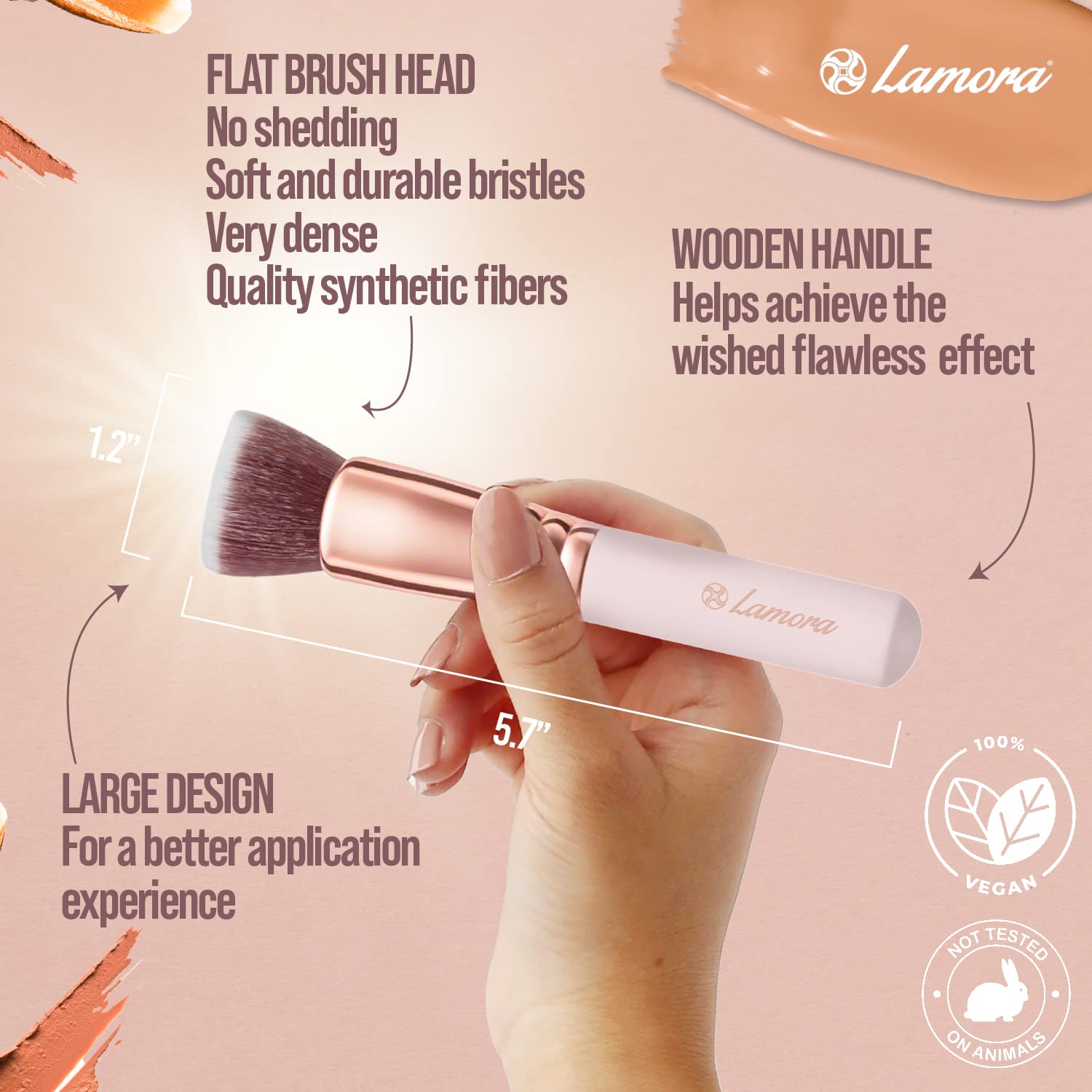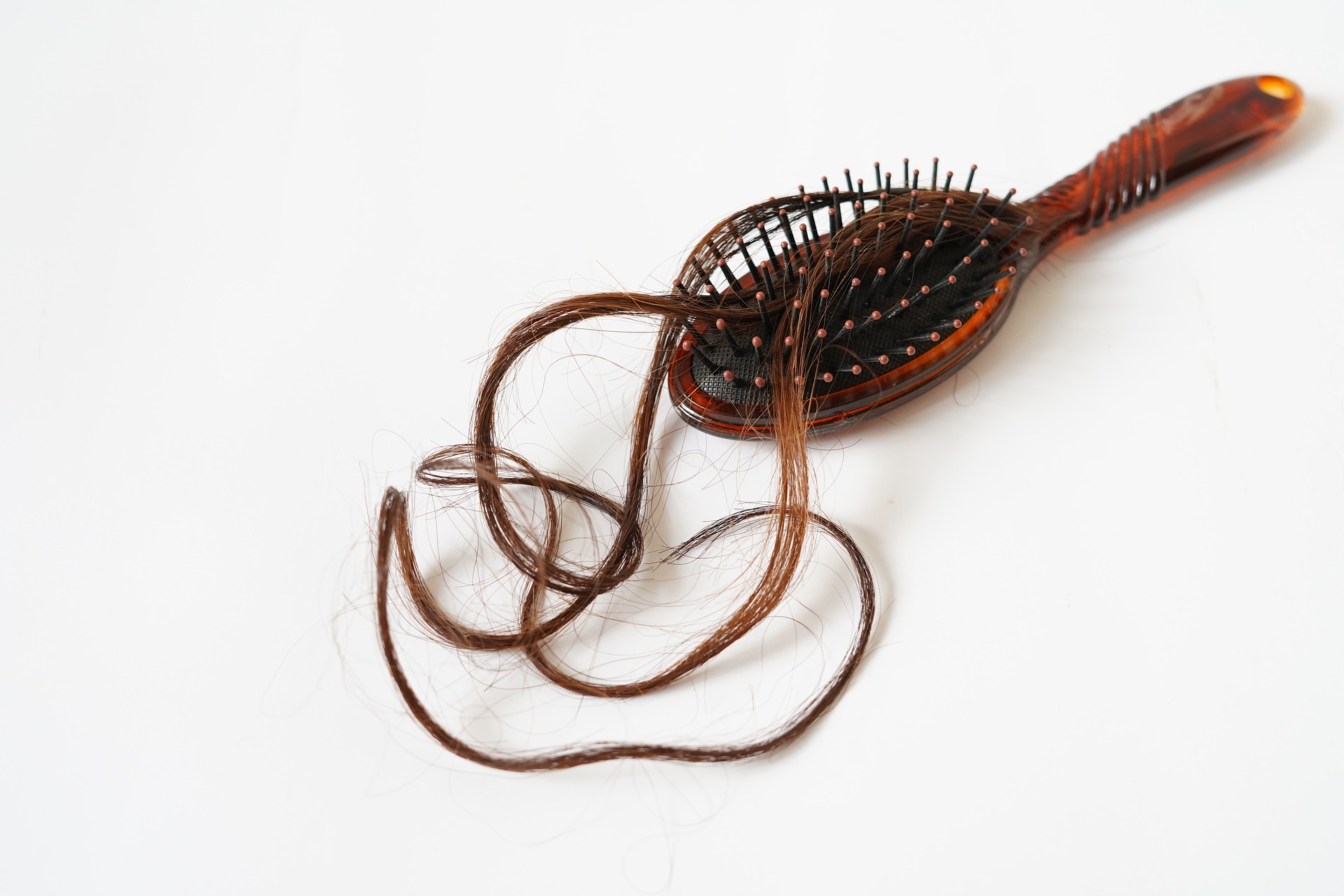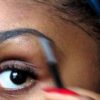Hair loss, also known as alopecia, is a common condition that affects many people. It can be caused by various factors, such as genetics, hormones, medical conditions, medications, stress, and lifestyle choices. Hair loss can affect your self-esteem and confidence, but there are ways to prevent it or treat it. In this blog post, we will explore some of the common causes and treatments of hair loss, and answer some frequently asked questions.
What are the common causes of hair loss?
There are many possible causes of hair loss, but some of the most common ones are:
- Family history (heredity). This is the most common cause of hair loss, and it usually occurs with aging. It is also known as male-pattern baldness or female-pattern baldness, and it affects the hairline, the crown, or the entire scalp. This type of hair loss is influenced by your genes and hormones, and it is not preventable.
- Hormonal changes and medical conditions. Some hormonal changes, such as those caused by pregnancy, menopause, thyroid problems, or polycystic ovary syndrome (PCOS), can trigger hair loss. Some medical conditions, such as scalp infections, lichen planus, lupus, sarcoidosis, or hair-pulling disorder (trichotillomania), can also cause hair loss. Some of these conditions are treatable, and the hair loss may be reversible once the underlying cause is addressed.
- Medications and supplements. Some drugs, such as those used for cancer, arthritis, depression, heart problems, high blood pressure, or birth control, can cause hair loss as a side effect. Some supplements, such as excessive vitamin A, can also lead to hair loss. In most cases, the hair loss is temporary and stops once the medication or supplement is discontinued.
- Radiation therapy to the head. This type of treatment can damage the hair follicles and cause hair loss. The hair loss may be permanent or temporary, depending on the dose and duration of the therapy.
- A very stressful event. Some people may experience hair loss after a physical or emotional shock, such as a sudden weight loss, surgery, high fever, or loss of a loved one. This type of hair loss is called telogen effluvium, and it usually occurs within a few months after the stressful event. The hair loss is usually diffuse and temporary, and the hair usually grows back within six to nine months.
- Hairstyles and treatments. Some hairstyles that pull the hair tightly, such as cornrows, braids, ponytails, or buns, can cause hair loss over time. This is called traction alopecia, and it can damage the hair follicles and cause scarring. Some beauty treatments, such as bleaching, dyeing, perming, or straightening, can also cause inflammation of the hair follicles and lead to hair loss. This is called chemical alopecia, and it can be temporary or permanent, depending on the severity of the damage.
What are the treatment options for hair loss?
The treatment options for hair loss depend on the cause, the extent, and the preference of the person. Some of the common treatment options are:
- Medication. There are two FDA-approved medications for treating hair loss: minoxidil and finasteride. Minoxidil is a topical solution that is applied to the scalp twice a day. It works by stimulating blood flow and prolonging the growth phase of the hair follicles. It can prevent further hair loss and promote some hair regrowth, but it may take several months to see the results. It is available over the counter and can be used by both men and women. Finasteride is a pill that is taken once a day. It works by blocking the production of a hormone that shrinks the hair follicles. It can slow down hair loss and improve hair density, but it may also cause some side effects, such as decreased libido, erectile dysfunction, or gynecomastia. It is available by prescription and can only be used by men.
- Surgery. There are two main types of hair transplant surgery: follicular unit extraction (FUE) and follicular unit transplantation (FUT). Both methods involve taking healthy hair follicles from one part of the scalp (usually the back or the sides) and transplanting them to the thinning or balding areas. The difference is that FUE involves harvesting individual follicles, while FUT involves removing a strip of skin with multiple follicles. Both methods can produce natural-looking results, but they also have some risks, such as infection, bleeding, scarring, or poor growth. The surgery can be expensive and may require multiple sessions to achieve the desired outcome.
- Laser therapy. This is a non-invasive treatment that uses low-level laser light to stimulate the hair follicles and improve blood circulation. It can reduce inflammation, increase hair thickness, and prevent further hair loss. It is usually done in a clinic or at home with a device that emits the laser light. It is painless and safe, but it may take several months to see the results. It is more effective for mild to moderate hair loss and may not work for everyone.
- Wigs and hairpieces. These are cosmetic solutions that can cover the balding or thinning areas and create the appearance of a full head of hair. They can be made of natural or synthetic hair, and they can be customized to match the person’s hair color, texture, and style. They can be attached with clips, glue, or tape, or they can be worn as a cap. They are easy to use and can provide instant results, but they also have some drawbacks, such as being uncomfortable, hot, or itchy, requiring regular maintenance and replacement, or looking unnatural.
Frequently Asked Questions
Here are some of the common questions that people have about hair loss and their answers.
Some types of hair loss, such as those caused by heredity, hormones, or aging, are not preventable. However, you can reduce the risk of hair loss by taking good care of your hair and scalp, avoiding harsh chemicals and treatments, eating a balanced diet, managing stress, and consulting your doctor if you notice any signs of hair loss.
This depends on the cause and the type of hair loss. Some types of hair loss, such as those caused by medications, stress, or infections, are temporary and reversible, and the hair will grow back once the underlying cause is resolved. Some types of hair loss, such as those caused by scarring, radiation, or severe damage, are permanent and irreversible, and the hair will not grow back. Some types of hair loss, such as those caused by genetics, hormones, or aging, are progressive and incurable, and the hair will continue to thin or fall out over time.
- How can I cope with hair loss?
Hair loss can be a distressing and emotional experience, and it can affect your self-image and confidence. However, there are ways to cope with hair loss and improve your quality of life, such as:
- Seeking professional help. You can consult a dermatologist, a trichologist, or a hair specialist to diagnose the cause of your hair loss and recommend the best treatment option for you. You can also seek psychological support from a counselor, a therapist, or a support group to deal with the emotional impact of hair loss.
- Exploring alternative options. You can try different hairstyles, products, or accessories to camouflage your hair loss and enhance your appearance. You can also consider wearing a wig, a hairpiece, or a hair system to create the illusion of a full head of hair. You can also opt for cosmetic procedures, such as micropigmentation, scalp tattooing, or hair fibers, to create the impression of hair density or hairline.
- Embracing your baldness. You can choose to accept your hair loss and embrace your baldness as a part of your identity. You can shave your head, trim your hair, or go natural, and flaunt your baldness with pride and confidence. You can also find role models, celebrities, or influencers who are bald and successful, and draw inspiration from them.
Conclusion
Hair loss is a common condition that can affect anyone, regardless of age, gender, or ethnicity. It can have various causes, such as genetics, hormones, medical conditions, medications, stress, and lifestyle choices. It can also have different types, such as gradual thinning, patchy baldness, or full-body hair loss. It can have a significant impact on your physical and mental health, but there are ways to prevent it, treat it, or cope with it. The best way to deal with hair loss is to consult a professional, explore your options, and find what works best for you. Remember, hair loss is not the end of the world, and you are not alone. You can still live a happy and fulfilling life with or without hair.


 By
Your Beauty Plug
By
Your Beauty Plug
